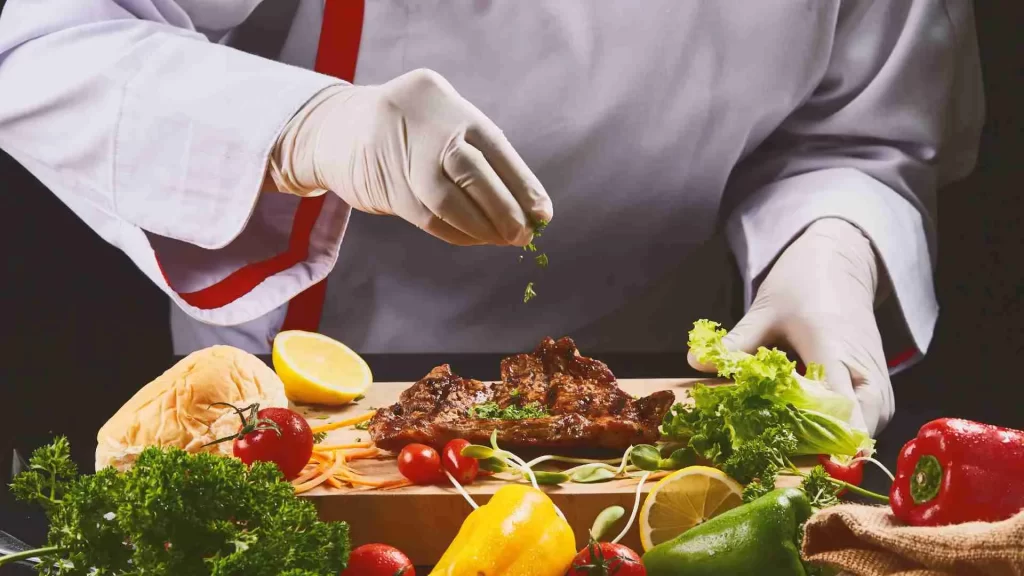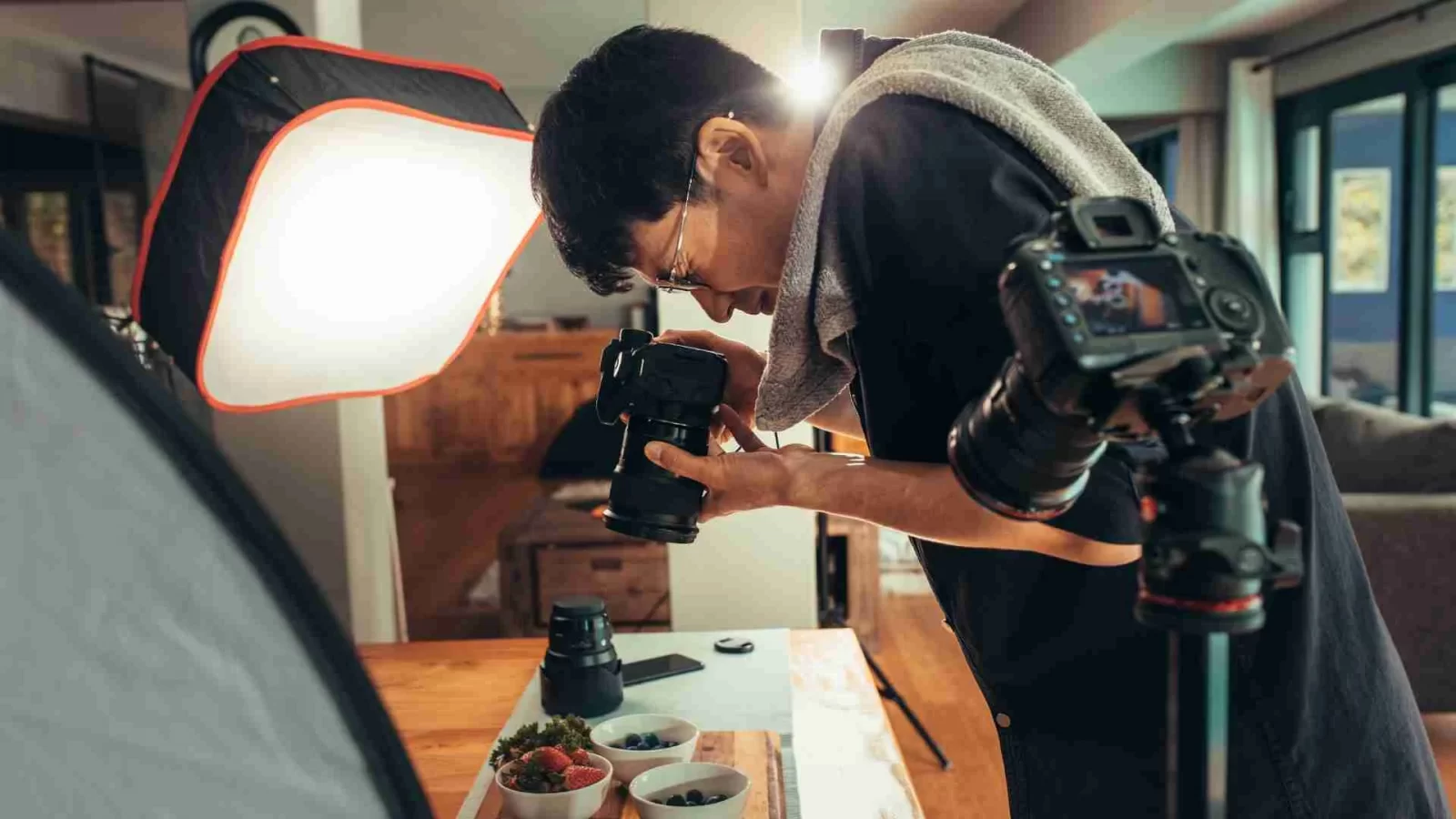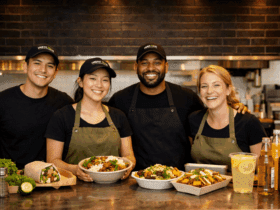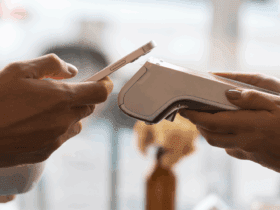If photography is an art, how could you give a name called ‘food photography’? Well, there is certainly a whole lot more than you think.
You probably might know these tricks or might already practicing these, if you are a professional photographer to click awesome photographs for sure.
We’ve all heard it countless times that a photo is worth a thousand words.
Along with the minimal area you have amidst very long information in your menu, great restaurant food photography deserves its seat at the dining table. Food photography may be used for improving menus, enhancing restaurant social media marketing records, commercials, and much more!
You will possibly not wish to hire a professional photographer to start getting capture those mouth-watering menu offerings. Listed here are recommendations to photographing your meals like an expert.
However if you may be just another guy interested in some cool tricks to capture food for advertising purposes, then this article is certainly for you.
1. Usage of a LightBox

Backlight or even the lighting on the dish itself is an important element to emphasize the texture, freshness and also the appetizing look. Lightbox is a better solution to capture those details.
If you are not a professional photographer and can’t afford a lightbox, then make one yourself. Things you need are a cardboard box, white cloth, and 2 table lamps with a cool light.
In 3 simple steps, you will have the most wonderful lightbox.
Step 1
Create a frame by cutting windows on the sides and top of a cardboard box.
Step 2
Cover each opening with white tissue or fabric paper.
Step 3
Fit a gentle bent limit of white poster board in the box to create a blank background. And cover the outer surface of each fabric paper-covered opening, with black poster board to block light as needed.
2. Simple Setups

When shooting a food photo, the background is very important. Surrounding the dish with cooking utensils, ingredients, sauces, etc. could indicate the way the dish was made.
But sometimes those elements we used to complement the dish, bring a cluttered or messy look to the whole picture. And the viewer’s attention will likely be drawn out of the food.
It’s important to have a simple background that limits the noise to emphasize the dish. A simple background doesn’t mean that this has to be completely plain, nonetheless, it should complement the topic as opposed to suppressing it.
3. Background

You will find 3 main types of backgrounds you need to use and look really well in a photograph.
- Light backgrounds
- Dark backgrounds
- Wooden (brown) backgrounds
Wooden backgrounds, such as for instance tables and chopping boards. These have a tendency to look great with almost any style of food.
Dark food usually looks good on a dark background. But there should be one element to differentiate the backdrop with the dish.
As well as the light-colored food looks good on a light background. And as stated over, the food can be placed in a dark color platter for better contrast.
4. Don’t Cook it Completely

You really must have seen it when you cook your own personal meal at home. That the foodstuff looks delicious while it’s still cooking than when they are up for grabs.
Though the meat and vegetables are fully cooked, they still keep cooking after you remove them from the heat. This is the reason why it seems pale, wrinkled and often dry.
To keep the plumpness and juiciness, remove them from the stove or oven a bit early when performing a photoshoot.
5. Keep it Clean

The plate, the bowl or perhaps the props holding the food must certainly be absolutely clean and flaw-free. When performing a photoshoot, the camera needs to capture every little detail component of the dish which requires an in-depth close upshot.
You actually should not highlight any imperfections which may make the dish look messy or incomplete.
Whether you’re into photography or simply not, these tips that are simple tricks may help you out in your journey to food photography stardom.
With regards to your website, these pictures are very important. They can be necessary for your online ordering screen or for a self-ordering kiosk. Therefore customers know just how mouthwatering food is before they order.
Some restaurant POS systems integrate through the use of these tools, that will help you upload your photos that are fabulous to your menu from anywhere.
I hope we have covered actually almost all recommendations. Feel free to talk to our experts to know more. All that is free!










Leave a Reply